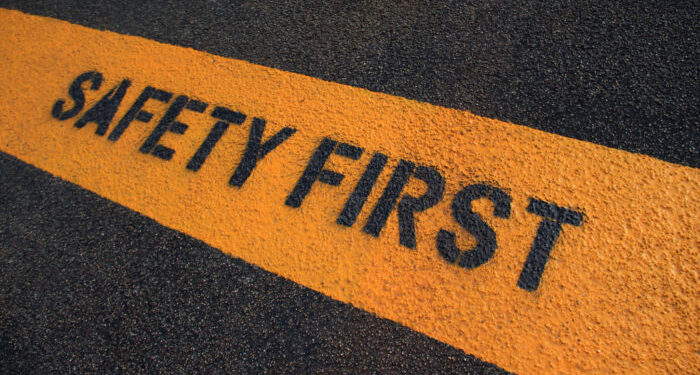As the North P&I Club highlights, a recent incident that caused the deaths of ten people on board a vessel, has pinpointed the dangers of not fully understanding the operation of fixed CO2 systems.
The incident
The incident took place while the ship was in dry dock. Namely, a junior officer was tasked with getting details of the fixed systems CO2 bottles in the vessel’s CO2 room. While the junior officer was in the CO2 room, he discovered a leak from one of the cylinders.
[smlsubform prepend=”GET THE SAFETY4SEA IN YOUR INBOX!” showname=false emailtxt=”” emailholder=”Enter your email address” showsubmit=true submittxt=”Submit” jsthanks=false thankyou=”Thank you for subscribing to our mailing list”]
Trying to address the leak, a pressure increasing valve was mistakenly opened, which increased the pressure in the system and resulted in the release of all the cylinders in that bank.
The system had a final distribution valve to the engine room which was closed but subsequently opened in error. This led to the occupied engine room being flooded with CO2.
Preventing such incidents
To prevent similar incidents, North suggests that it is critical for all persons involved to be aware of the risks.
Specifically, any maintenance that is to be performed on the system must be appropriately risk assessed with the necessary control measures, accordance to the ship’s safety management system (SMS) and the manufacturer’s recommendations.
In addition, IMO guidelines on the maintenance and inspection of fixed carbon dioxide fire-fighting systems considers who should conduct the maintenance and repairs. It suggests that the on board maintenance plan should indicate which tasks may be performed by competent crew members and which should be performed by specially-trained persons.
The guidelines also highlight the importance of establishing a safety plan, before starting any work on the system. The plan should:
- Allow for all personnel to be accounted for;
- Establish an effective communications system between those working on the system and the on-duty crew;
- Identify measures to avoid accidental discharges such as locking or removing the operating arms from directional valves or shutting and locking the system block valve;
- Ensure all personnel are notified of the impending activities before work is begun.
Moreover, the Fire Safety Systems Code (FSS) states that clear operating instructions should be near to each and every CO2 system release point location.
Labelling of critical system components can also help make sure that the system is correctly operated in case of an emergency. Colour-coded controls as well is a useful way to identify the controls for a particular discharge zone.
CO2 rooms risks
CO2 rooms present a risk because of the high volume of CO2 stored in a relatively small area. As a result, entry into the room should be controlled and the space gas tested before and during entry. The ship’s SMS should also set out procedures and control measures for entering CO2 rooms.

































































